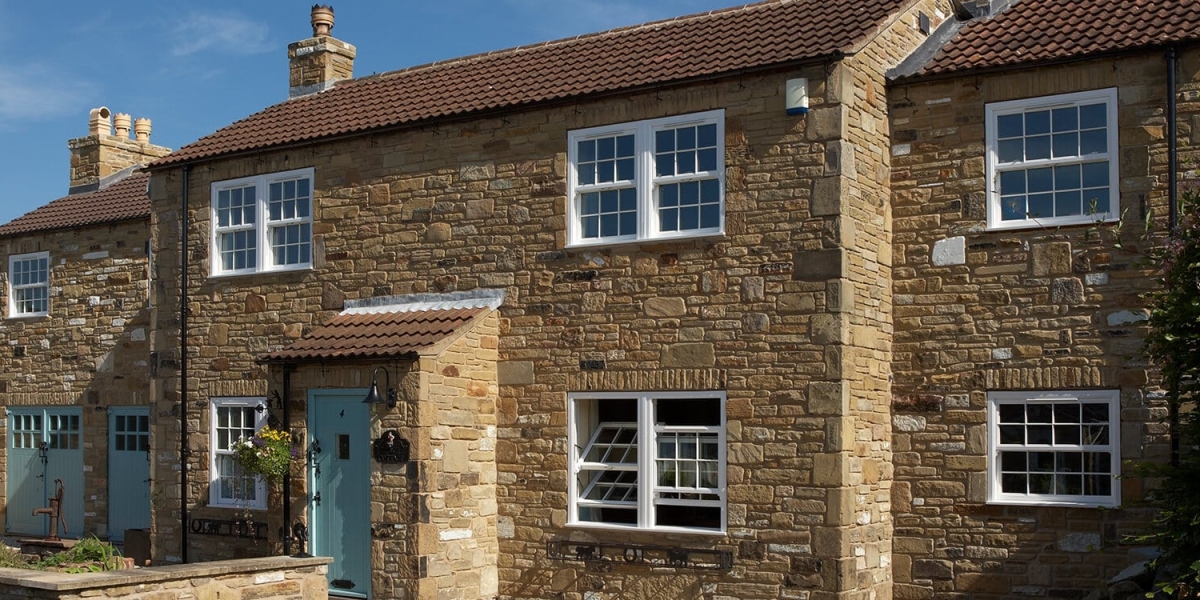
Window installation is a crucial aspect of building construction and home renovation that significantly influences energy efficiency, aesthetic appeal, and overall comfort. Properly installed windows not only enhance the appearance of a structure but also contribute to sustainable living by improving insulation and reducing energy costs. This article explores the various techniques, benefits, and best practices associated with window installation, providing insights for homeowners, builders, and contractors alike.
Types of Windows
Before delving into installation techniques, it is essential to understand the different types of windows available. Common window types include:

- Double-Hung Windows: These windows feature two sashes that slide vertically. They are popular for their classic look and ease of cleaning.
- Casement Windows: Hinged at the side, casement windows open outward, providing excellent ventilation and unobstructed views.
- Sliding Windows: These windows consist of two or more sashes that slide horizontally. They are ideal for spaces where a swinging window may be impractical.
- Awning Windows: Hinged at the top, these windows open outward, allowing for ventilation even during rain.
- Bay and Bow Windows: These protruding windows create additional space and provide panoramic views, often enhancing the aesthetic appeal of a room.
Window Installation Techniques
The installation process can vary depending on the type of window and the specific requirements of the building. However, the following general steps outline the standard procedure for window installation:
- Preparation: Before beginning the installation, it is crucial to gather all necessary tools and materials, including the window unit, shims, caulk, screws, a level, and a tape measure. Additionally, the work area should be cleared and protected to prevent damage to existing structures.
- Measuring: Accurate measurements are vital to ensure a proper fit. The rough opening should be measured for width and height, and any discrepancies should be noted. It is advisable to measure at multiple points to account for any irregularities in the structure.
- Removing the Old Window: If replacing an existing window, the old unit must be carefully removed. This may involve removing trim, cutting away caulk, and unscrewing the window from the frame. Care should be taken to avoid damaging the surrounding structure.
- Inspecting the Opening: Once the old window is removed, the rough opening should be inspected for any signs of damage, such as rot or mold. Any necessary repairs should be made before proceeding.
- Installing the New Window: The new window should be placed into the rough opening, ensuring it is centered and level. Shims can be used to adjust the position as needed. Once properly aligned, the window should be secured with screws, and any gaps should be filled with caulk to prevent air and water infiltration.
- Finishing Touches: After the window is installed, the interior and exterior trim should be replaced or installed. Caulk should be applied around the edges to create a weather-tight seal, and the area should be cleaned up to remove any debris.
Benefits of Proper Window Installation
Investing in proper window installation yields numerous benefits:
- Energy Efficiency: Well-installed windows minimize air leaks and improve insulation, leading to reduced heating and cooling costs. This is particularly important in regions with extreme weather conditions.
- Enhanced Comfort: Properly sealed windows help maintain a consistent indoor temperature, contributing to overall comfort for occupants.
- Increased Property Value: New, well-installed windows can significantly enhance the curb appeal of a property, increasing its market value.
- Noise Reduction: Quality windows installed correctly can reduce outside noise, creating a more peaceful indoor environment.
- UV Protection: Many modern windows come with coatings that block harmful ultraviolet rays, protecting furniture and flooring from fading.
Best Practices for Window Installation
To ensure a successful window installation, several best practices should be observed:
- Choose Quality Products: Selecting high-quality windows that meet energy efficiency standards is essential. Look for windows with the ENERGY STAR label, which indicates they meet strict energy efficiency guidelines.
- Follow Manufacturer Instructions: Each window product may have specific installation guidelines. It is crucial to follow these instructions closely to avoid voiding warranties and ensuring optimal performance.
- Consider Professional Help: While DIY installation can save money, hiring a professional installer can ensure that the job is done correctly and efficiently. Professionals bring experience and expertise that can prevent common installation mistakes.
- Weather Considerations: Timing the installation for mild weather can help prevent issues related to moisture and temperature fluctuations. Extreme temperatures can affect the materials used in the installation process.
- Regular Maintenance: After installation, regular maintenance is essential to ensure the longevity and performance of the windows. This includes cleaning, inspecting for damage, and resealing as necessary.
Conclusion
Window installation is a critical component of building and renovation projects that can have lasting impacts on energy efficiency, comfort, and aesthetics. By understanding the various types of windows, installation techniques, and https://ynaf.org.uk/youth-art-award-royal-norfolk-show-2024/ best practices, homeowners and builders can make informed decisions that enhance the value and performance of their properties. Whether opting for a DIY approach or hiring professionals, prioritizing proper installation will yield significant benefits for years to come. As technology continues to evolve, staying informed about advancements in window design and installation techniques will further enhance the effectiveness and sustainability of window solutions in modern construction.






